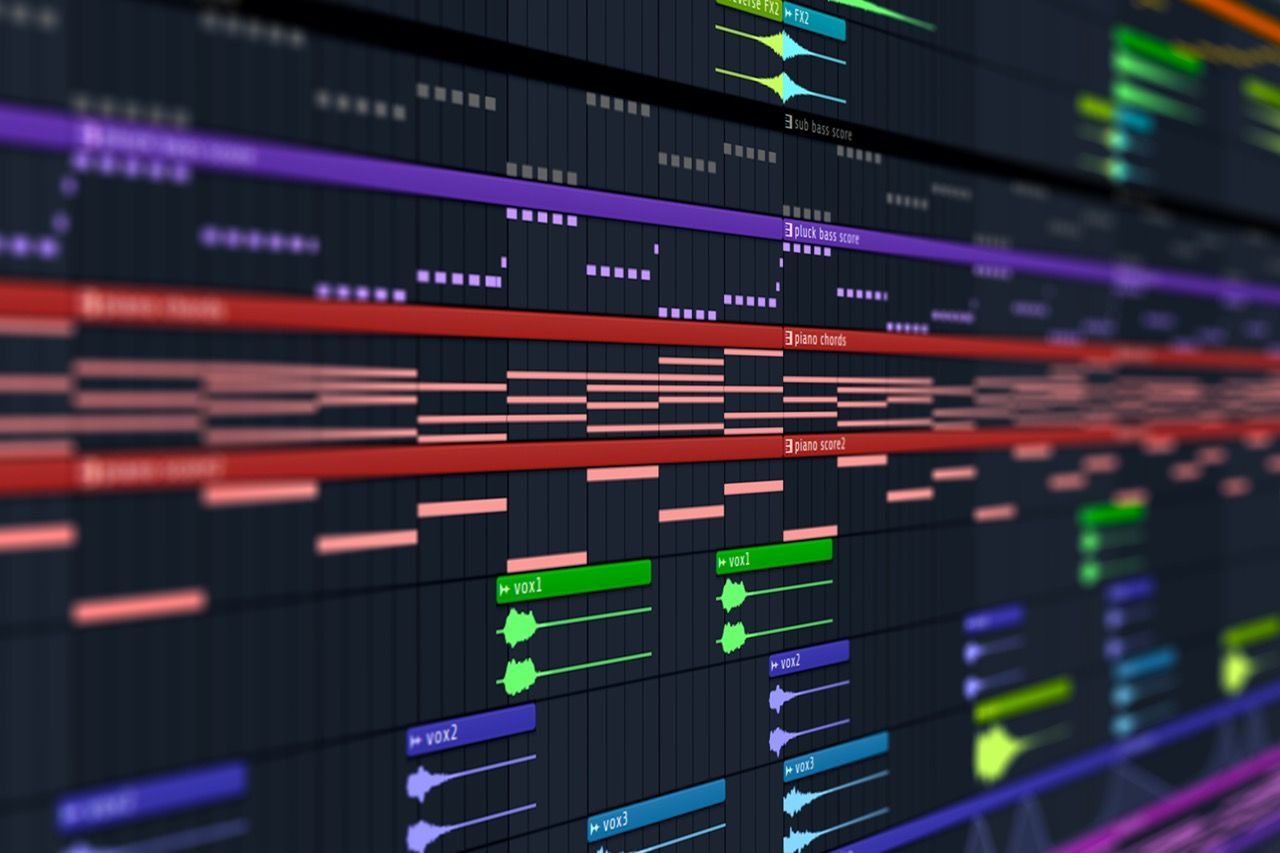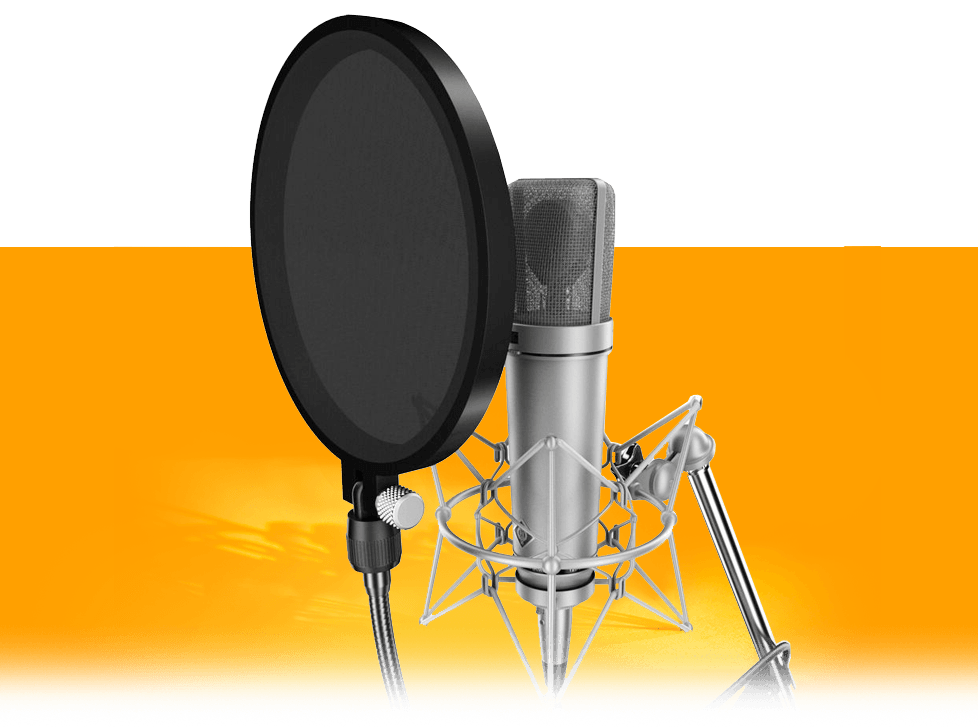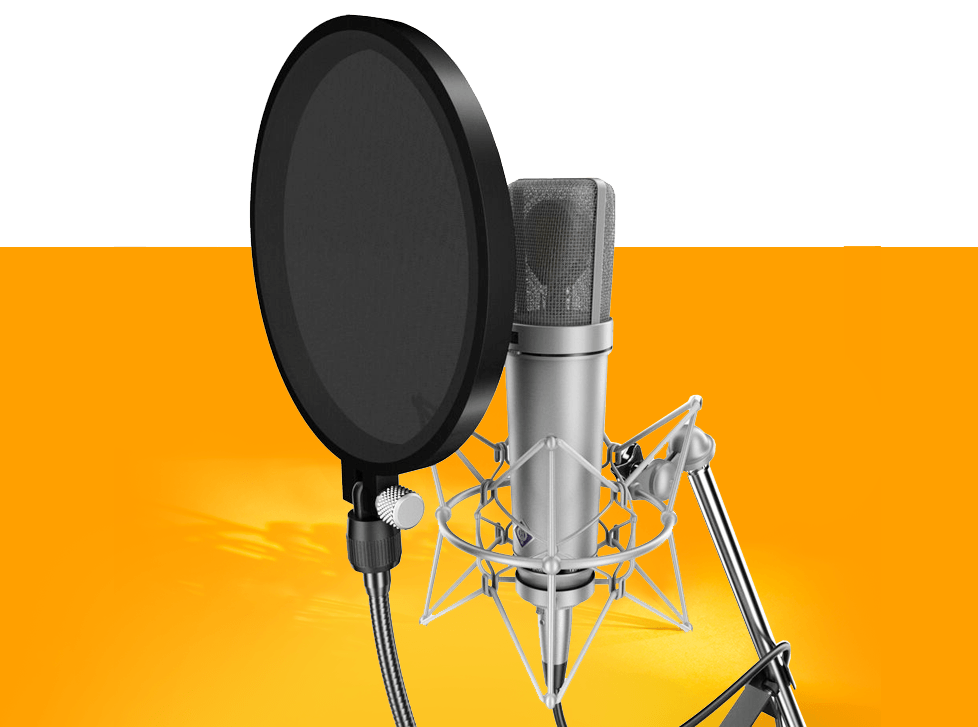Gear Up for Success: Essential Equipment for Aspiring Audio Engineers
Jeremy Alves | January 9, 2025
Audio engineers are needed throughout various industries — any business that needs crystal clear audio will need audio engineers.
However, stepping into the industry is challenging without getting your feet wet and hands dirty. Aspiring audio engineers can give themselves a headstart by gearing up so they can master the basics and start learning advanced skills.
Audio engineering programs give you an even greater headstart on your next career while sidestepping the need for significant upfront investments. But learning independently is still valuable, especially if you’re unsure if audio engineering is the right career for you.
Today, we’ll break down all the essential equipment you need to get started working with audio and pave the way for the next step in your career.
The First Step: Define Your Immediate and Long Term Goals
An unofficial term in the audio world is Gear Acquisition Syndrome, which means you’re always buying new gear, thinking it will take your skills to the next level. However, in reality, focusing on audio engineering with a barebones amount of gear will go far in developing valuable skills.
To help keep your gear acquisition focused, ask yourself the following questions to help define your needs and goals:
- What’s your most immediate goal with audio engineering? Do you want to produce a completed beat, record your vocals, or engineer a podcast?
- What’s your long-term goal? Are you looking to get into a fun new hobby or build a new career?
Combined, your answers identify the gear you need upfront and how to plan gear acquisition over time. For example, you can get started without a MIDI controller and then invest in the right one later.
Computer and Digital Audio Workstation (DAW)
The first and most essential piece of gear for getting started working with audio is the right computer. While gamers prioritize GPUs, working with audio relies on CPU and RAM. Let’s break down the specs that matter for an audio engineering computer:
- CPU takes front and center as the main resource used by a Digital Audio Workstation (DAW). Operating a synth to create sounds and playing audio files both rely on processing power.
- RAM is secondary but still an important stat, as it helps run more intensive programs and all the software you need simultaneously.
- GPU isn’t very important for working with audio, but it’s still worth finding a laptop or PC with a dedicated graphics card, as some integrated graphics chips struggle with anything beyond the basics.
Finding a laptop or desktop with the right resources for your DAW is critical; otherwise, you can have latency issues and crashes that disrupt your audio engineering projects. If you know the DAW you want to use, look up its recommended specs and let that inform your purchase or upgrade decisions.
DAWs
There are plenty of DAWs to choose from and it’s an important decision to make. Take the time to explore all the options, learn what the industry standard is for your goals, and commit to your decision. Bouncing between DAWs as you’re learning will only set you back.
A few of the leading DAWs are:
- Pro Tools was one of the early DAWs to gain popularity and remains the industry standard in large format studios around the world; however, Ableton, and Logic Pro have chipped away at their market share for music creation outside of the traditional studio format.
- Ableton Live is a solid all-rounder suitable for music production, capturing sound, and overall shines with live sound.
- Logic Pro is another all-rounder that’s been well-respected throughout the industry, especially with audio editing.
- FL Studio shines with beat making and is widely used throughout hip hop, but it’s certainly capable of handling most audio engineering projects.
The DAW you choose should make sense for your goals, especially if you have an ideal career in mind. Take the time to learn which DAW is the standard for your future goals and focus on mastering that one before moving on to other options, which might not even be necessary.

Plugins (VSTs)
Plugins, or Virtual Studio Technology, (VST) are a specific type of software that’s designed to add new features and capabilities to DAWs. Plugins can help with mixing, mastering, or emulating sounds. A few plugins to consider are:
- iZotope has several plugins that add advanced utility to mastering, including intelligent features that help get you started.
- Audio Movers offers plugins that help convert signals for both input and output. Their line of products is ideal for audio capture.
- Serum is an industry-respected synth that is perfect for music production and has far-reaching utility once you learn how to use it.
However, plugins can be expensive, and overloading yourself with software can be a distraction and even detract from the quality of your work. Most industry-respected plugins are also far from cheap, so it’s important to adopt the right ones strategically.
Fortunately,
audio engineer schools will have all the plugins you’ll need to learn how to use. In most cases, being a student also helps you land student discounts on plugins you’ll have throughout your career.
Headphones and Monitors
Of course, you’ll need to hear audio for any audio work, and typical consumer headphones won’t get the job done. Consumer headphones modify the audio in varying ways to produce what the manufacturer considers the best sound.
However, as an audio engineer or producer, you’ll need to hear the audio as it is. Studio headphones and monitors are designed to produce “flat” audio, meaning there are no internal equalizers modifying the sound.
Audio engineering and sound technician courses will help you gain a deeper understanding of how studio equipment works, how it varies from consumer options, and optimal configurations for working with audio. Let’s break down both categories so you can get started on the right foot.
Monitors
Monitors are similar to typical speakers, but unlike consumer speakers, monitors are designed to produce high-quality, flat audio. Consumer options have internal equalizers that modify output, which is great for casual listening but not suitable for audio engineering tasks.
Headphones
Similarly, studio headphones are designed to produce flat audio so you hear your projects as they are. Some models can also be used for casual listening, but it’s important to choose headphones specifically designed for audio engineering.
Audio Interface
An audio interface is a piece of hardware that acts as a bridge between your computer and audio gear. This piece of gear is crucial for recording, engineering, and producing sound.
Essentially, an audio interface converts analog audio signals from input sources into digital signals that your computer can process — or the reverse of digital to analog for headphones and monitors.
Even if all you’ll be doing is engineering and no audio capture, an audio interface produces much clearer and flatter sounds than just plugging into your computer’s headphone jack. A typical headphone jack will have circuitry noise that isn’t a big deal for consumer usage but can significantly affect your audio engineering products.
(Optional) MIDI Controllers and Control Surfaces
You can start audio engineering with the gear we’ve explored above, but MIDI controllers and overall control surfaces are well worth including in our guide. These types of gear aren’t required to start, but they’ll likely be important for your long-term goals.
Let’s quickly define these categories and how they help audio engineers:
- A MIDI controller is a device that sends MIDI data to the DAW (or other software). These controllers don’t produce any sound inherently; instead, they allow the creation of MIDI data that’s used by synths and other Plugins.
- Control surfaces are designed to provide hands-on control of the DAW with a focus on mixing and editing. Unlike MIDI controllers, these controllers focus more on managing mixing, panning, effects, and mastering.
- Hybrid devices also exist that typically combine the basic controls of both devices, making them a great choice for aspiring engineers looking to buy their first controller.
Another benefit of attending a music production course is you won’t have to buy any hardware to learn how to use it. Proficiency with a wide range of controllers is crucial for landing your first job and building a long-term career.
Schools let you sidestep the expense of controllers while still learning how to use them — another solid reason to enroll in a reputable course.
Get Hands-On Experience with Audio Gear at OIART
You can get started with audio engineering all on your own if you’re able to make some upfront investments. If you already have a decent computer, you won’t need to spend too much more to get started.
However, going beyond the basics requires expensive hardware and plugins, and sometimes, they can be hard to learn solo. Avoiding upfront and ongoing gear expenses is another reason why attending an audio recording course is so worthwhile. You will be able to make an educated decision on what you need when you leave school.
Of course, beyond sidestepping gear purchases, you’ll also learn how to use industry-standard equipment from experienced instructors. You’ll graduate with the confidence and credentials to get started in your new career.
OIART is one of the top audio engineering colleges in Canada, and we’re ready to help you kickstart your next career. Is it time to turn your hobby into a career?
Learn more about our industry-leading audio engineering course and take the next step in building your dream career.
Ready to Start?
OIART's Audio Program Includes:
✓ Small Class Sizes
✓ On Site Facilities
✓ Industry Leading Instructors
✓ Post Grad Support & Guidance
✓ Exclusive 11 Month Program
Top Reasons Why You Should Choose OIART.
Have Questions?
If you have questions about our audio engineering and music production program or would like to book a tour, we would be pleased to speak with you.
Text Us: 519.200.4151
Share This With a Fellow Music Lover
Apply in 4 Steps!
Step 1: Click apply now.
Step 2: Answer 8 questions about yourself.
Step 3: Upload supporting documents.
Step 4: That's it! You are done.
Share this with fellow music lovers


